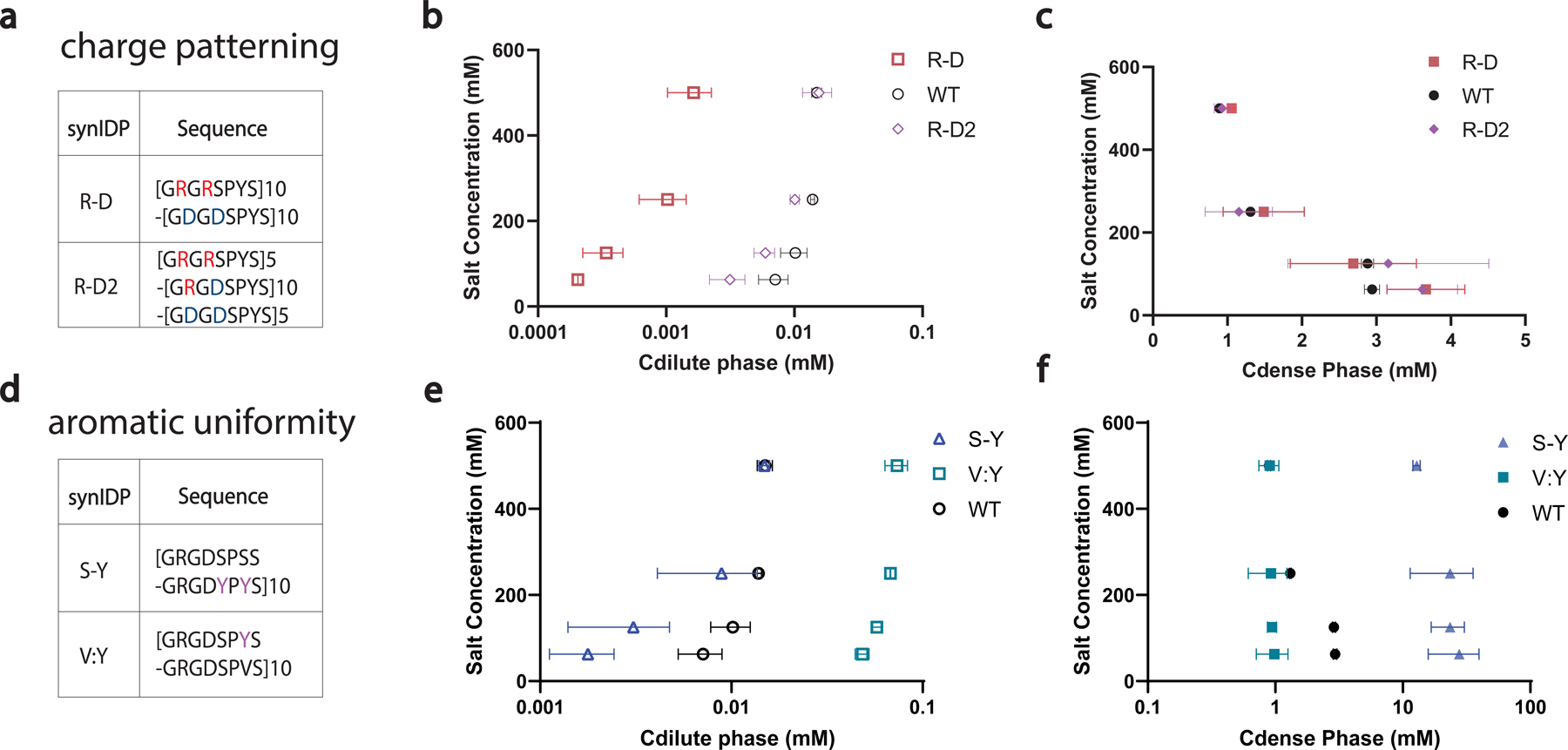Extended Data Fig 3. Characterization of rationally designed synIDPs based on modifications of the WT RLP sequence [GRGDSPYS]20 using sedimentation assay and fluorescent recovery after photobleaching.

a, Designs of synIDPs by repatterning the charge residues.20 Charged residues are segregated into individual repetitive motif as shown in the sequences GRGRSPYS/GDGDSPYS.
b, c, Sedimentation assay evaluation of the dilute phase concentration(Cdilute) and the dense phase concentration (Cdense) of the designed synIDPs. The segregation of charged residues increases the phase separation propensity with lowered left binodal; in the meantime, no significant change of the dense phase concentration was observed. Above results suggested that enhanced electrostatic interaction by segregation of the oppositely charged residues in a zwitterionic IDP can promote phase separation propensity.
d, Designs of synIDPs by varying the uniformity and the quantity of the aromatic residues23,24. For changing the uniformity of the aromatic residues, tyrosine (Y) residues are clustered into a single motif by exchanging with the spacer residue serine (S) as shown in the sequences GRGDSPSS/GRGDYPYS. For reducing the number of aromatic residues, 50% of tyrosine is substituted by valine (V).
e, f, Evaluation of the dilute phase concentration (Cdilute) and the dense phase concentration (Cdense) of the designed IDPs by sedimentation assay. Cluster of aromatic residues enhances both phase separation propensity and the dense phase concentration. Decreasing the number of tyrosine residues decreases both phase separation propensity and the dense phase concentration. Above results demonstrated that pi-based interactions can modulate both phase separation propensity and dense phase property. n=3 different experiments. Mean ± SD.
